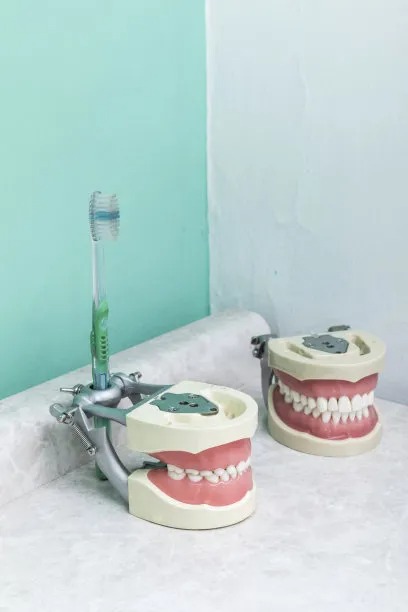Essential Precautions to Ensure Safe and Effective Root Canal Treatment for Optimal Dental Health Restoration
Summary: Root canal treatment is a common dental procedure aimed at restoring optimal dental health by addressing infections or damage inside the tooth. However, ensuring its safety and effectiveness requires careful precautions. This article explores the essential measures including thorough diagnosis and treatment planning, tool sterilization and maintenance, patient safety protocols, and post-treatment care and follow-up. Each aspect will delve into the best practices that dental professionals should adopt to ensure both the success of the procedure and the overall well-being of the patient.
1. Thorough Diagnosis and Treatment Planning

Prior to any dental procedure, ensuring a comprehensive evaluation is critical. The dentist should perform a thorough examination, which includes dental X-rays to assess the condition of the tooth and surrounding bone. Neglecting this step may lead to overlooking underlying issues that could complicate the root canal treatment.
Once an accurate diagnosis is established, the next step involves meticulous treatment planning. This should entail a detailed discussion between the dentist and the patient, outlining the expected procedures, potential challenges, and anticipated outcomes. Transparent communication fosters trust and minimizes anxiety for the patient.
Moreover, utilizing advanced diagnostic tools and techniques can enhance the accuracy of diagnosis. Incorporating 3D imaging can provide a better view of the tooths root structure and surrounding tissues, ensuring a tailored approach for each unique case. This attention to detail is fundamental in ensuring that the subsequent steps in the treatment process are effective and safe.
2. Tool Sterilization and Maintenance
In the realm of dental care, maintaining sterilization of instruments is non-negotiable. The tools employed during a root canal procedure must be meticulously cleaned and sterilized to prevent any risk of infection. This adherence to strict sanitation protocols safeguards both the patient and dental staff.
Dental practitioners should implement a reliable sterilization process, which could include autoclaving tools and utilizing single-use items whenever possible. Regular audits and compliance checks of sterilization techniques can significantly minimize the risk of contamination, thereby enhancing safety during the procedure.
Furthermore, technicians must maintain and periodically replace equipment to ensure optimal performance. Dull or malfunctioning tools can not only compromise the effectiveness of the treatment but may also pose added risks to patient safety. Thus, regular maintenance checks are essential to uphold high standards in dental practice.
3. Patient Safety Protocols
Patient safety protocols encompass a diverse array of practices aimed at ensuring a safe environment during the procedure. This includes not just the handling of instruments but also monitoring the patient’s vital signs throughout the root canal treatment. Anesthesia protocols must be meticulously followed to ensure that the patient is comfortable and pain-free.
Additionally, informing the patient about the sedation options and ensuring they understand the procedure can greatly ease any anxiety. The presence of trained support staff during the treatment can provide additional assistance, making the experience smoother and more reassuring for patients.
Consideration of the medical history of the patient is crucial as well. Recognizing any allergies or conditions that may affect the treatment can significantly mitigate potential adverse reactions. This holistic approach to patient safety is key to a successful root canal experience.
4. Post-Treatment Care and Follow-up
Post-treatment care is an oft-overlooked but essential facet of the root canal process. Educating patients on what to expect following the procedure is crucial for their recovery. They should be informed about potential discomfort, the importance of taking prescribed medications, and the necessity of maintaining oral hygiene.
Regular follow-up appointments allow for monitoring of the healing process and can help in addressing any complications that may arise. Prompt intervention in case of discomfort or unusual symptoms can save the tooth and enhance the overall success of the treatment.
Moreover, encouraging patients to communicate openly about their experiences after the treatment can foster better recovery rates. Establishing a supportive environment demonstrates the dental provider’s commitment to the patient’s health and establishes a foundation for long-term dental well-being.
Summary:
To ensure safe and effective root canal treatments, thorough diagnosis and planning, strict tool sterilization, patient safety protocols, and comprehensive post-treatment care are imperative. Adhering to these essential precautions can not only enhance the success of the procedure but also significantly contribute to optimal dental health restoration.
This article is compiled by Vickong Dental and the content is for reference only



